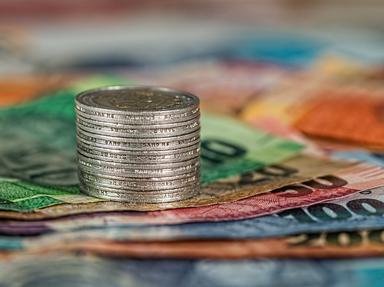
Reverse of the Coin (Ireland) Trivia Quiz
The obverse of the coin? That's easy: the Irish harp. Match the Irish coin denomination with the reverse design. (Note that one banknote is included to reach an even 10.)
A matching quiz
by bernie73.
Estimated time: 4 mins.